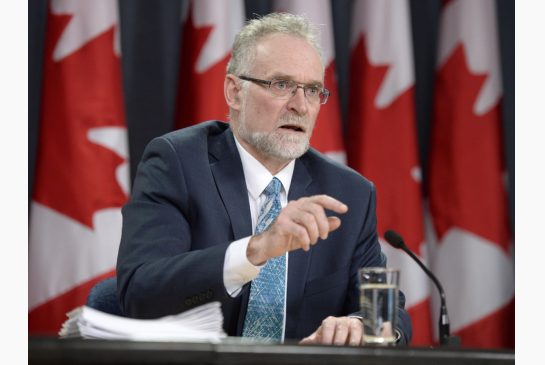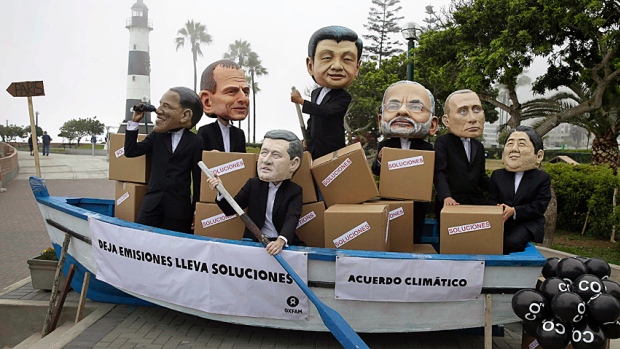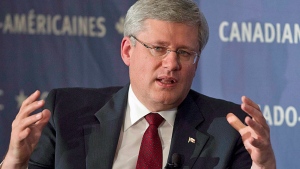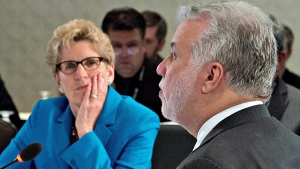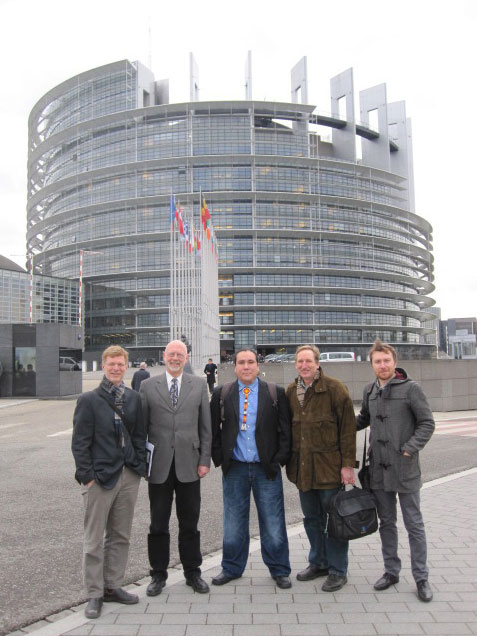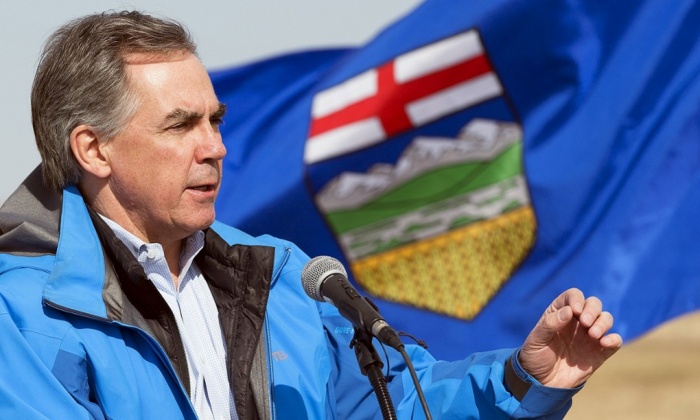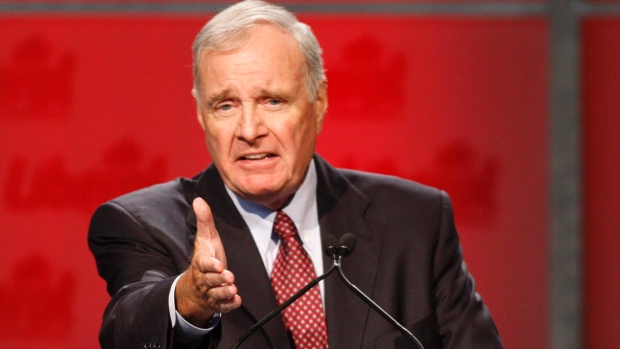
Conservative budget commits ‘gross negligence’ of aboriginals, former Liberal prime minister says
By Katherine Starr, reposted from CBC News, Apr 30, 2015
Paul Martin blasts Conservatives’ Aboriginal funding 10:13
The federal government is failing the country’s aboriginal people with a budget that has “virtually nothing” in it for native Canadians, says former Liberal Prime Minister Paul Martin.
Describing the Conservatives’ federal budget as “gross negligence” in terms of aboriginal funding, Martin blasted the government’s financial commitment to aboriginal education and health care.
“You have to ask yourself, why are they ignoring decent health care in the North? Why is the government ignoring decent education?” Martin told host Evan Solomon in an interview on CBC News Network’s Power & Politics.
“This huge under-funding of health care and education has come home to roost.”
Martin: AG report not surprising
Martin’s remarks came one day after the federal auditor general released a report detailing serious problems in accessing health care in remote First Nations communities in Manitoba and Ontario.
- Auditor General finds major problems in First Nations health care
- Read the report on remote First Nations access to health care
- Federal budget 2015 falls short in aboriginal education funding, advocate says
- Visit CBC.ca/aboriginal for more stories
Some of the issues included a nursing station residence that was unusable for more than two years because of a broken septic system, leading medical specialists to cancel visits, as well as the discovery that only one of 45 nurses in the group sampled by auditors finished all five mandatory Health Canada training courses chosen for the audit.
“The fact is, there are nurses who will go up north, there are nurses who can be trained,” Martin said.
“There’s a cost to that, there’s a cost to paying the kind of salaries required and to make sure they have that kind of training. But for heaven’s sake, there are Canadians living up north. They’re entitled to the same kind of health care you and I are entitled to.”
How much for education, health care?
In a statement to CBC News, Aboriginal Affairs Minister Bernard Valcourt’s office called Martin’s comments “completely false” and outlined the department’s commitments to Canada’s Aboriginal Peoples in the 2015 federal budget.
The budget, tabled April 21, earmarks $2 million annually — starting next year — for mental health services in First Nations communities.
On education, $200 million over five years is set aside “to help support First Nations to achieve better education outcomes, including building partnerships with provincial school systems” while an additional $12 million will provide post-secondary scholarships to First Nations and Inuit students.
The budget says $30.3 million over five years will go to expanding the First Nations Land Management Regime to create opportunities for economic development on reserve.
But Martin doesn’t believe the measures are enough to solve what he calls a “moral issue” facing the country.
“Canadians would not tolerate it if they really knew there was a whole generation of aboriginal Canadians who have a chance at a better education and are being denied it,” he said.
The former prime minister, who created the non-profit Martin Aboriginal Education Initiative after retiring from politics, isn’t the only critic of the government’s budget allotment to aboriginal Canadians.
National Chief Perry Bellegarde of the Assembly of First Nations described the budget as “a status-quo budget,” and added “the status quo is not acceptable.”
“We don’t see any investments in housing to deal with the 130,000 units we need. We don’t see investments in education on reserves. There’s still a huge fiscal imbalance there,” be said.
“We don’t see any investments even in access to potable water. There are still 93 communities with boil-water advisories.” SOURCE
